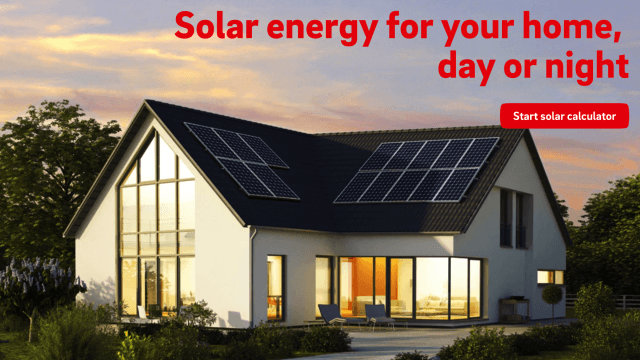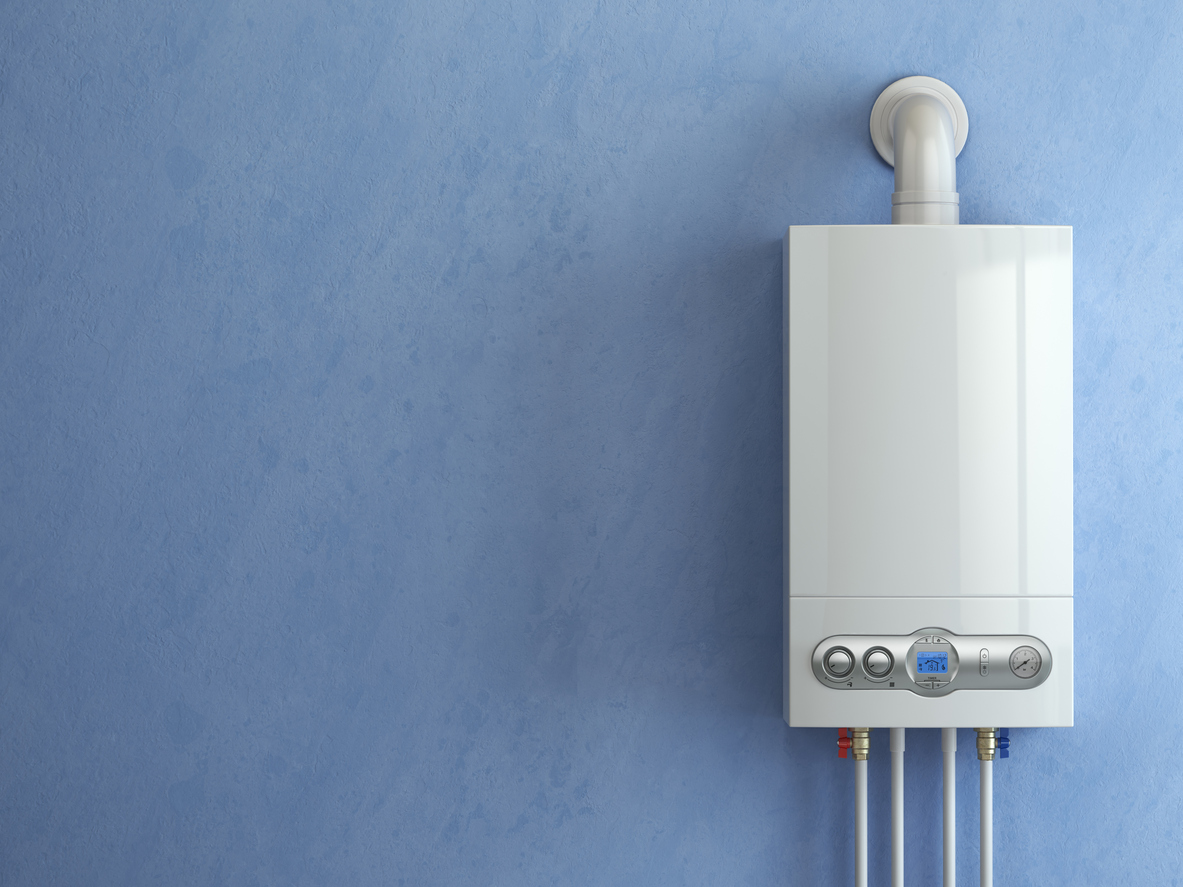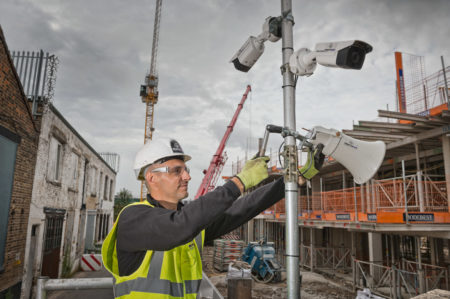Project Sunroof, an informative location based analysis tool to help British homeowners save money on their energy bills by installing solar panels on their roofs, has been launched in the UK by Google. In partnership with energy supplier E. on, the Project Sunroof tool collates data from Google’s Earth and Maps apps to estimate potential savings.
It uses satellite imagery and machine learning to estimate how much solar potential a particular property might have, taking into consideration certain features of the building, such as available roof surface area for solar panels, the pitch angle of the roof and local weather data, such as sun positioning, to determine the average number of hours of sunlight a roof gets per year.
Jonathan Marshall, head of analysis at the non-profit organisation Energy and Climate Intelligence Unit, said that Project Sunroof “lowers the barriers” for homeowners by automatically inspecting roofing data using Google Earth imagery.
Initially, Project Sunroof will only be available in select region across the UK, such as Birmingham, Brighton, Liverpool, Newcastle, Reading and parts of London. The partnership between Google and E. on supports the UK’s stated target of producing 30 per cent renewable energy by 2020.
Google’s online solar power tool is not the first one to be launched on the market. Ikea, in collaboration with its technology partner Solarcentury, launched an online calculator in 2017 to support the Swedish home furnishing giant’s move into selling solar panels and batteries in the UK. Tesla also launched its own service in 2017 called Solar Roof Calculator.
Google has been on a zealous drive towards renewable energy since 2016, when it bought the entire output – approximately 12 years’ worth of power – from a 50-turbine wind farm in Norway. This helped the company achieve its goal of being powered entirely by 100% renewable energy in 2017. In April 2018, Apple announced that its own operations were globally powered by 100% renewable energy, including 23 third-party suppliers in countries such as India and China.





